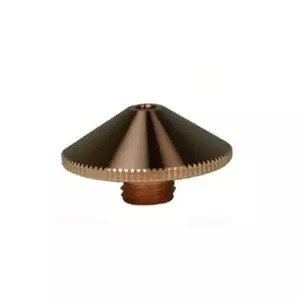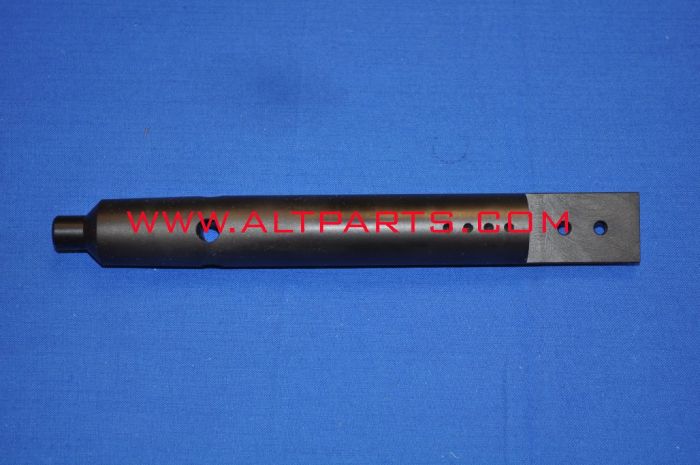Fiber laser cutting is the heat cutting process that makes use of a focused laser beam to light up the material. This causes the materials to melt, evaporate, and cut out.
Fiber lasers are a limb of the family called ‘Solid State lasers.’ The laser beam is generated by a solid medium in the solid-state lasers. Fiber laser falls into the small category.
This technology is perfect with the high power fiber lasers in the recent past, as it constantly improves.
Fiber laser cutting has become the hot spot of industry research and development as it has many features and advantages. Let’s discuss them below:
Features of Laser cutting
- Fine Quality Cutting
Laser Cutting has the power to deliver fine cutting due to its high energy and quick cutting speed.
The laser beam focuses on the small point of light with high power density. The hole is formed into a fine and clean narrow slit.
- High Cutting Efficiency
The laser cutting machines generally come up with CNC machines to perform the cutting process.
While operating, you only need the CNC program to apply various shapes.
- Speedy Cutting Process
Slitting a 2mm carbon sheet with the fiber laser machine, the speed can hit up to 600cm/min with the power of 1200w. While slitting 5mm polypropylene resin, the speed can hit up to 1200cm/min.
- Applicable to Many Types of Materials
Many materials can be slit using laser cutting machines. Structural steel, stainless steel, aluminum, titanium, copper, and brass are some of them.
But, the cutting speed may differ based on different material properties and thickness.
- Flexible and Adaptable
Laser cutting is a more adaptable method compared to other methods.
Firstly other methods can’t work on small areas like the laser beam, due to which deformation occurs.
Secondly, other methods can’t slit non-metals as laser cutting can.
Advantages of Fiber Laser Cutting
- No heat Damage to the Objects
The laser discharged through the fiber laser cutting machine is robust, which is why it can slit sturdy materials like steel. Also, the fiber laser is so precise that the beam doesn’t cause any damage to the surrounding material on which they are working.
This technology is apt in the electronics industry, where the beam needs to work at the small parts without impairing them.
- Better Performance
The fiber laser offers superior performance over many counterparts. With a highly focused beam and high power densities, it can deliver accurate levels of precision.
- Less Expensive
Probably the most valuable advantage of fiber laser cutting is its price. For beginners, it doesn’t need expensive optical mirrors as compared with the other laser technology.
The focusing lens comes sealed with the cutting head. Due to this, one can maintain the focusing lens properly instead of getting impaired.
- Boost in Cutting Speed
Another benefit of using fiber laser cutting is that it enhances the speed of cutting. While cutting 1mm thick material, the fiber laser can cut three times quicker than other traditional processes.
- Cutting Reflective Material
Slitting reflective material was one of the major challenges with traditional cutting methods. There was a probability; the laser can bounce off the reflective material, which can damage the equipment.
This is no longer an issue with the fiber laser method, which allows you to cut these materials.
Components Of Fiber Lasers Machines
Fiber laser cutting is a widely used technology in various industries. After buying the right fiber laser machine, the components come next. One should take care of these components and change them as and when required. Below are some core components of this technology.
- Machine Body
- Laser Source
- Lenses
- Laser cutting head
- CNC (Computer Numerical Control) System
- Operating Table
- Cold Water Unit
- Gas cylinder
- Air Cooling Filter
- Other auxiliary components like slag discharging machine, stabilizer power supply
- Wear-out dust collector
The above component remains the same in every fiber laser machine, including the Mazak parts and Prima parts. Mazak parts and Prima parts are good quality parts for fiber laser machines and durable.
End Words
We hope this article has given you fruitful insights regarding fiber lasers, their advantages when someone uses them, and their components.






